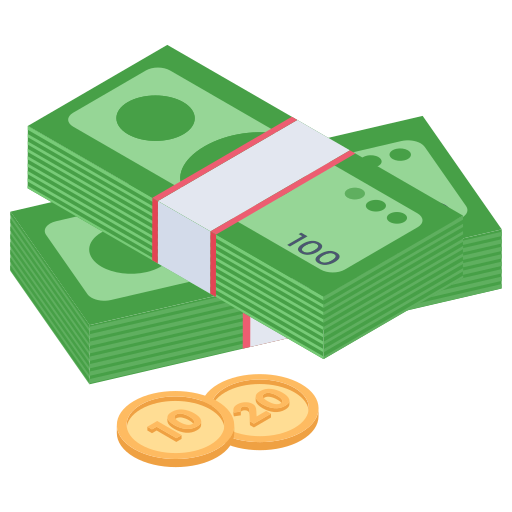- Thread Author
- #1
In forex trading, we encounter the terms "pips" and "pipettes," both of which every forex trader should understand. Pips can be defined as the price change in a currency pair we are trading. For example:
If we choose the EUR/USD (or €/$) pair and it moves from 1.2400 to 1.2403, this change is considered three pips (0.0003).
If we take a BUY position on the EUR/USD pair, we are buying EUR and selling USD. Conversely, if we take a SELL position, we are selling EUR and buying USD.
Pipettes are similar to pips, referring to changes in the value of a currency pair, but they are smaller in value. 1 pip equals 10 pipettes. For example, if the USD/CAD pair initially shows 1.30016 on the chart, then changes to 1.30018, a change of 2 pipettes occurs.
What causes pips to fluctuate in forex?
If we choose the EUR/USD (or €/$) pair and it moves from 1.2400 to 1.2403, this change is considered three pips (0.0003).
If we take a BUY position on the EUR/USD pair, we are buying EUR and selling USD. Conversely, if we take a SELL position, we are selling EUR and buying USD.
Pipettes are similar to pips, referring to changes in the value of a currency pair, but they are smaller in value. 1 pip equals 10 pipettes. For example, if the USD/CAD pair initially shows 1.30016 on the chart, then changes to 1.30018, a change of 2 pipettes occurs.
What causes pips to fluctuate in forex?



